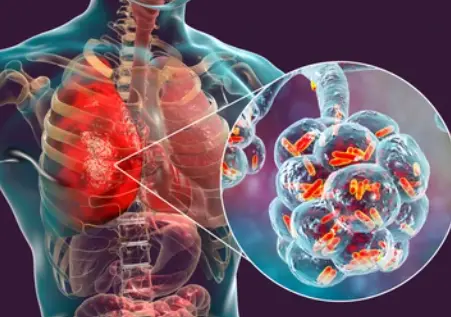 Welcome
Welcome
“May all be happy, may all be healed, may all be at peace and may no one ever suffer."
- A
- B
- C
- D
- E
- F
- G
- H
- I
- J
- K
- L
- M
- N
- O
- P
- Q
- R
- S
- T
- U
- V
- W
- X
- Y
- Z
Peripheral vascular disease - Generics
Peripheral vascular disease (PVD), also known as peripheral artery disease (PAD), is a condition in which there is narrowing or blockage of the arteries that supply blood to the legs and feet. This can result in decreased blood flow to the legs and feet, causing symptoms such as leg pain, cramping, and weakness, especially during activity. In severe cases, PVD can lead to tissue damage, ulcers, and even gangrene.
Risk factors for PVD include smoking, diabetes, high blood pressure, high cholesterol, obesity, and a family history of heart disease or stroke. Diagnosis may involve a physical exam, blood tests, and imaging tests such as ultrasound or angiography.
Treatment for PVD may include lifestyle changes such as smoking cessation, exercise, and a healthy diet, as well as medications to lower blood pressure and cholesterol and improve blood flow. In some cases, surgery or endovascular procedures may be necessary to remove blockages or bypass the affected arteries.
It's important to seek medical attention if you experience symptoms of PVD, as early diagnosis and treatment can help prevent complications and improve outcomes.

Cervicitis and proctitis

Disinfection of the skin...

Increased demand for Calc...

Pneumonia

Vitamin deficiency

Lichen sclerosis

Acquired immunodeficiency...

Minor cuts
Peripheral vascular disease, পেরিফেরাল ভাস্কুলার ডিজিজের
To be happy, beautiful, healthy, wealthy, hale and long-lived stay with DM3S.